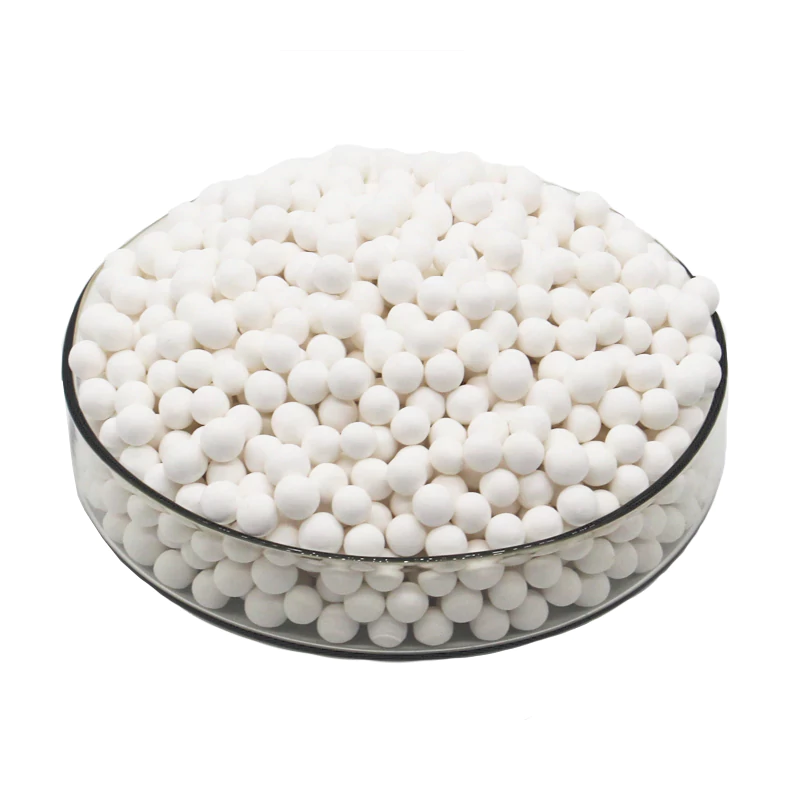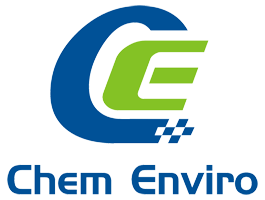In the drying application of activated alumina, heating regeneration is generally used, and hot nitrogen is generally used for purging regeneration. This is because of the strong interaction between water and activated alumina, and it is difficult to completely desorb the adsorbed water by other methods. The heating and desorption process includes three steps of heating, washing, and cooling. The higher the heating temperature, the more complete the desorption regeneration. Generally, the heating regeneration temperature of activated alumina is between 180°C and 350°C. Generally, the temperature of the activated alumina tower is raised to 280°C and maintained for 4 hours. The heating rate is about 50°C per hour. Because the high concentration of water vapor at high temperature will seriously damage the structure of activated alumina, it is necessary to flush the activated alumina bed with nitrogen, air, product gas, or other suitable gases while heating. The flushing gas should be free of moisture because the water content of the flushing gas directly affects the regeneration effect.
The regenerated activated alumina bed must be cooled before it can be adsorbed. When flushing the bed with cooling gas, the gas used should also be free of moisture, and the flow direction of the cold stripping gas is the same as the direction of the adsorption cycle. When activated alumina is used for drying liquids such as propylene, the liquid in the activated alumina bed must be driven out first during regeneration without any dead ends. Otherwise, the residual liquid will react or carbonize when heated, which will seriously affect the efficiency and operating life of the adsorption cycle.


